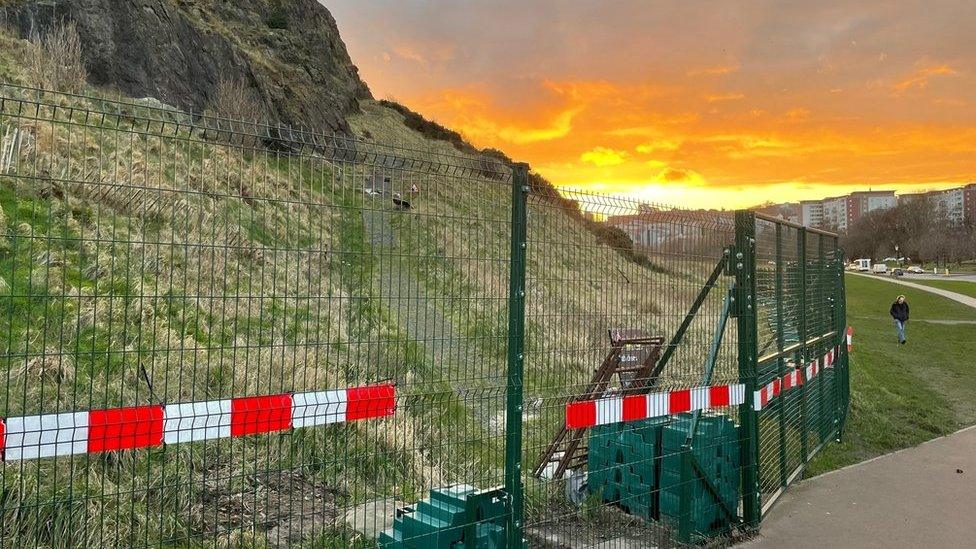Radical Road: Anger at 'glacially slow' progress on reopening historic path
- Published
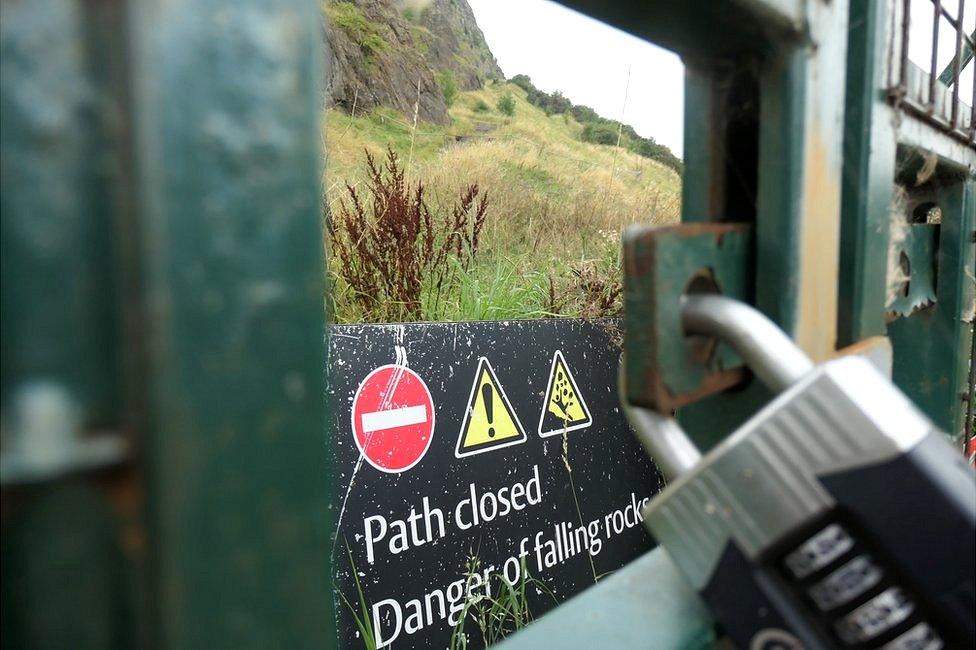
Fencing has blocked both entrances to the Radical Road for five years
Campaigners calling for the reopening of a historic road which overlooks the Scottish Parliament have criticised "glacially slow" progress.
Edinburgh's 200-year-old Radical Road, which is set high along cliffs at Arthur's Seat, was closed five years ago over rockfall concerns.
The organisation which manages the site said it was now reassessing the risks.
But ramblers and conservation groups say a solution should be found to open up the road again.
The path was built into the cliffs of an extinct volcano at the Salisbury Crags in the heart of Edinburgh.
It overlooks the parliament and the Palace of Holyroodhouse, where senior royals stay when they visit the Scottish capital.
The road got its name in the aftermath of the Radical War of 1820, and contains the location where geologist James Hutton arrived at his theory of how and when the world was formed.
It was closed in September 2018 after 50 tonnes of rock fell from cliffs onto the path.
Historic Environment Scotland (HES), which manages the site, told BBC Scotland News more than a year ago that it was reviewing how it assessed and managed rock risk safety with specialists.
It has now announced a re-assessment, and said it would start taking ranger-led guided walks to Hutton's Section and Hutton's Rock by the end of the year.
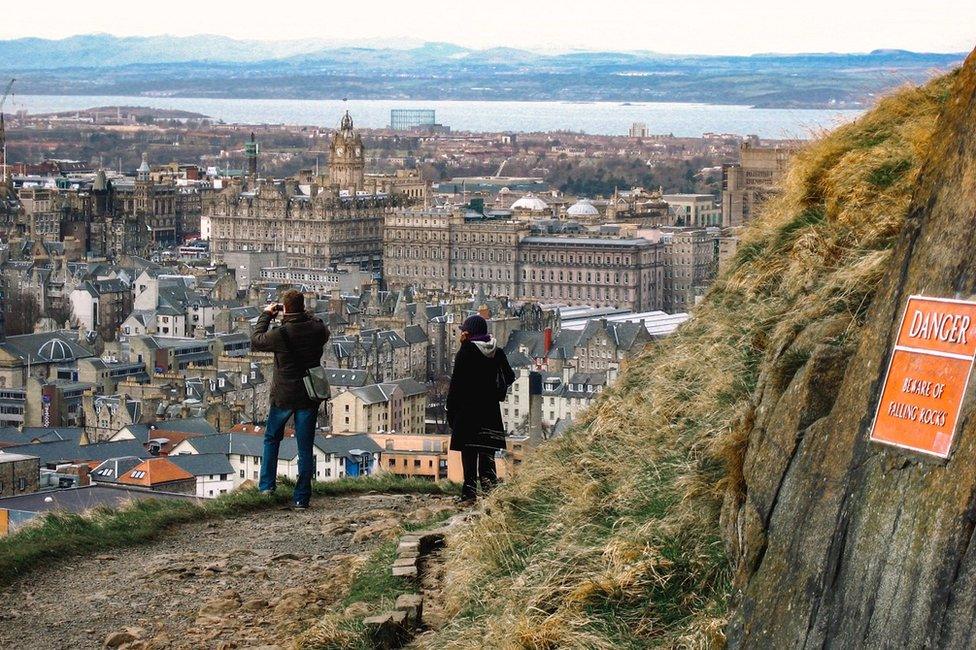
The Radical Road is cut into the side of Salisbury Crags and offers panoramic views of Edinburgh
James Garry, the assistant director of the Cockburn Association, Scotland's oldest conservation charity, told BBC Scotland News that this was not enough.
He said: "Taking guided walks is a small thing and is nowhere near where the dangerous rocks are.
"This has taken a very long time from when it was closed. HES has been glacially slow.
"They need to come up with a pragmatic solution to open up the Radical Road."
Ramblers Scotland has set up a petition calling for the road to be reopened.
Director Brendan Paddy said: "It is farcical that Historic Environment Scotland has failed to reopen the Radical Road, following half a decade of missed deadlines and broken promises.
"Residents and tourists should be advised of the risks then allowed to make informed decisions, like everywhere else in Scotland."
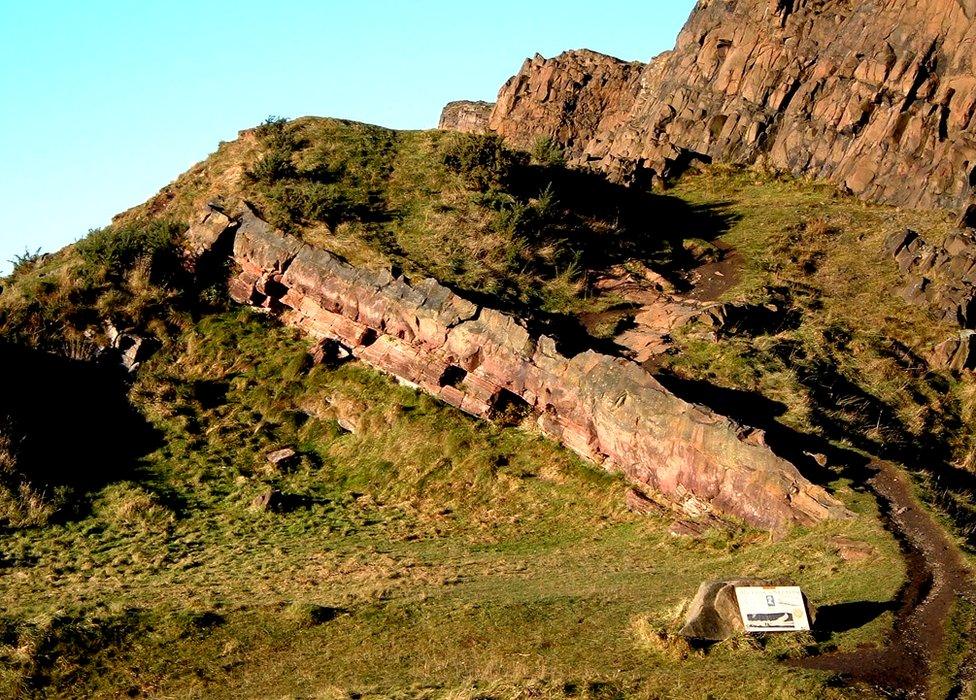
James Hutton was able to examine the exposed horizontal bands of dolerite rock at Salisbury Crags
A spokesman for Historic Environment Scotland said specialist geotechnical engineers were about to start "a re-assessment of risk and potential mitigating measures" for the Radical Road and other parts of the park.
"We will work with them to deliver an options appraisal on what technical and management interventions may be feasible," he said.
HES said any proposals would then require engagement with the relevant statutory bodies.
"We are mindful of both making progress towards improved access where this can be done safely and prioritising the resources at our disposal," added the spokesman.
"We aim to deliver ranger-led tours to Hutton's Section and Hutton's Rock as part of our guided walks by the end of this year."
The layers of rock at the crags supported James Hutton's belief that igneous rocks are formed from magma.
His work is responsible for one of the fundamental principles of geology, and discovered that the Earth was significantly older than had previously been believed.
The path got its name from the unemployed west of Scotland weavers who were set to work paving a track round Salisbury Crags - a plan suggested by author Sir Walter Scott in the aftermath of the Radical War of 1820.
- Published25 November 2022

- Published7 May 2022
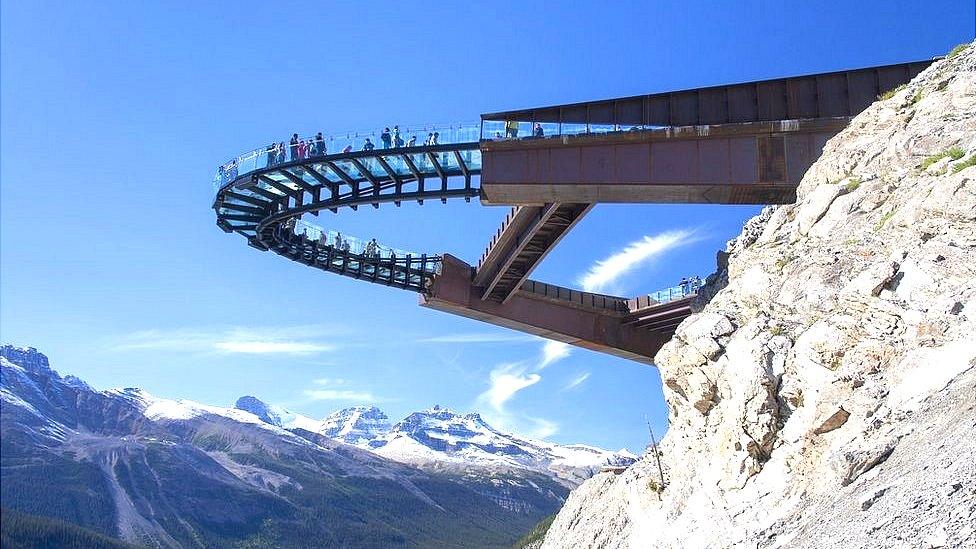
- Published2 February 2022
